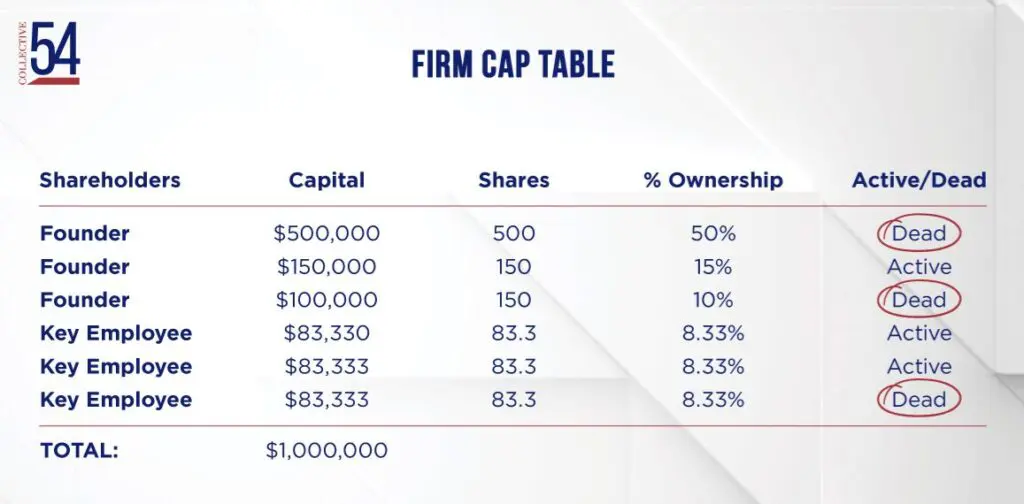Do You Want to Be Rich or Be King?
In 2010, Clayton Christensen, renowned professor at Harvard Business School and author of The Innovator’s Dilemma introduced a concept that every founder must eventually confront: the choice between being Rich or being King.







